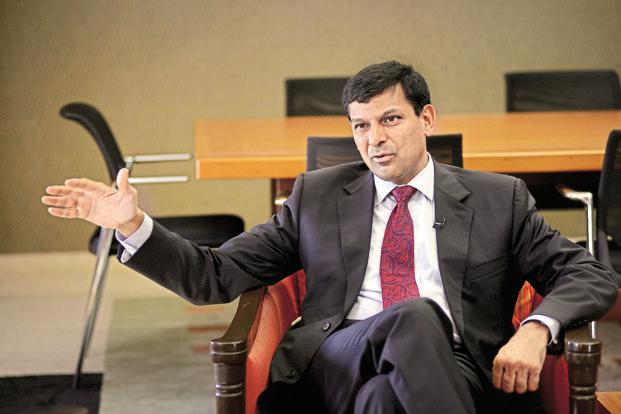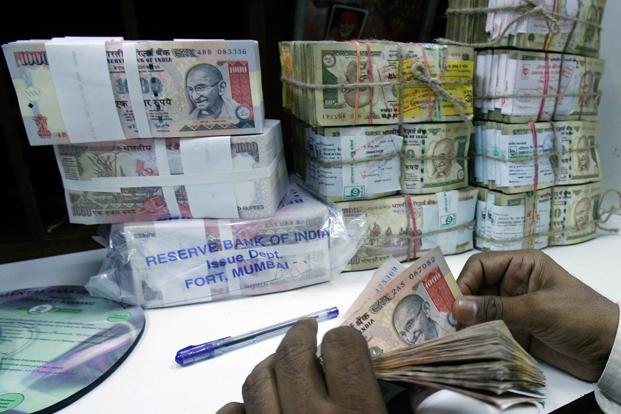Globally, most bank analysts and bond dealers love to play the “he loves me, he loves me not” (originally effeuiller la marguerite in French) game in the run-up to the respective central bank’s policy forming body’s meetings. The rules of the game are simple—one alternately speaks the phrases “he (or she) loves me,” and “he loves me not,” while picking one petal off a flower (usually an oxeye daisy), for each phrase. The phrase spoken on picking off the last petal supposedly represents the truth.
Replace the “he loves me/ he loves me now” phrase with “RBI will hike the rate/RBI won’t hike the rate” (or cut the rate, as the context may be), and you know what I mean.
This time, nobody in India is playing the game. It’s for sure that the six-member monetary policy committee (MPC) of the Indian central bank will refrain from taking any rate action at its two-day meeting on 5-6 December (one caveat though, the decision may not be unanimous—at least one member of the MPC may root for a hike and another will counter-balance that).
At the last MPC meeting in October, the Reserve Bank of India kept its policy rate unchanged at 6% and the stance of the monetary policy neutral, but it raised the inflation projection for the second half of fiscal year 2018 marginally from 4.0-4.5% to 4.2%-4.6%. The central bank also brought down its projection of the real gross value added (GVA) growth for 2018 by 70 basis points—from 7.3% to 6.7% with risks “evenly balanced”. One basis point is a hundredth of a percentage point.
A sudden slump in economic growth in the June quarter to a three-year low of 5.7% (from 6.1% in the March quarter) made many apprehensive that if the economic growth slumps further, the RBI may be left with the task of heavy-lifting the economy by making money less expensive. The 30 November announcement that the economy grew at 6.3% in the July-September quarter, halting a five-quarter slide, has put to rest the apprehensions.
On the contrary, the lift in growth and the likely gush of credit flow to the industrial sector following the big-bang Rs2.1 trillion recapitalization plan for public sector banks have made a few see the rate hiking cycle at a sniffing distance. Morgan Stanley has pencilled the first rate hike by mid-2019; Goldman Sachs expects RBI to raise its key rate aggressively thrice by the end of fiscal year 2018. Frankly, between October and now, nothing has happened that can provoke the RBI to take any rate action this week. Globally, oil price continues to remain at an elevated level and a hike by the US Federal Reserve later this month is almost given.
On the domestic front, October’s retail inflation rose to a seven-month high of 3.58%, year-on-year, from 3.3% in September, modestly higher than consensus market expectations. The upward pressure came from food (mainly vegetables) and fuel even as the one-off impact from housing rent allowance and changes in goods-and-services tax (GST) also had their impact on the figure. The core retail inflation (ex-food and beverage, and fuel) remained unchanged at 4.6% year-on-year but the price pressures are likely to build in coming months with the effects of rising oil prices in play. Most expect the retail inflation to inch up towards 4% in November, along with rising core inflation; for the rest of fiscal year 2018, it may remain a tad above 4%. The threat of a fiscal slippage also looms large, with the fiscal deficit at the end of October hitting 96.1% of the full-year budget estimate on account of lower revenue collection and higher expenditure.
These won’t have any bearing on policy-making. What about the Rs2.11 trillion recapitalization plan for public sector banks and Moody’s Investors Service raising India’s sovereign rating from the lowest investment grade of Baa3 to Baa2—the first time in 14 years? Neither of them influences the interest rate policy. Of course, the upgrade would have helped the bond market had India chosen to raise the limit of foreign investments in bonds.
Rising bond yields seems to be a worry for the banking regulator. After a brief bounce-back following the cancellation of a Rs10,000 crore bond sale by RBI under its open market operations or OMO in the wake of Moody’s upgrade of India rating, the 10-year paper yield has been hovering around 7.06%, 36 basis points higher from the first week of October when the last policy review took place.
At the shorter end, yield on 90-day certificate of deposits has risen 15 basis points, and that of one-year treasury bills by 10 basis points. The central government has completed 82% of its annual gross borrowing programme (Rs4.76 trillion for the year), even as state governments have raised Rs2.32 trillion.
After draining Rs90,000 crore through OMOs (Rs30,000 crore since the October policy), the RBI cancelled Rs10,000 crore of OMOs in November because of its concerns over liquidity and “current market conditions”. The latter is turning out to be a tricky issue. The RBI has even started calling the market participants, something it doesn’t do often, to understand why they are selling bonds (selling puts pressure on bond yield).
Since the October MPC meeting, the liquidity in the banking system has tightened—from around Rs1 trillion daily in October to around Rs25,000 crore now on a combination of factors—the rise in the currency in demand and the outflow of tax.
The RBI bought back bonds worth Rs27,767 crore and released that much money last week to ease the pressure on liquidity. More money will flow to the system once the government starts spending. Anyway, shortage of daily liquidity may not be a big headache for the RBI, as Rs1 trillion worth of MSS (monetary stabilization scheme) bonds are due for redemption in March.
So, what can RBI do at this juncture? I would like to believe that the MPC will hold fire in December and continue with its neutral stance for the rest of fiscal year 2018, barring a dramatic rise in fiscal deficit, which is unlikely. It also may not tinker with its projection for inflation as well as GDP in its December meeting.
By Wednesday afternoon, once the policy is made public, the debate will be more on its tone—is it more hawkish or less dovish? For the market, an uneventful policy with the RBI’s commitment to act in future, depending on the flow of data, will be a big relief.



